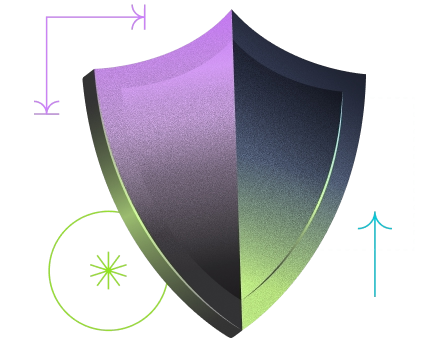Electronic signatures are controlled by a large number of laws and regulations. To say that the legislation that controls electronic signatures is complex would be an understatement. In fact, the French civil code and the eIDAS EU Regulation both provide a tight legal framework that successfully regulates the uses of electronic signatures.
Electronic signature: what does the civil code say?
Electronic signature is mentioned in article 1366 of the French civil code, which stipulates that
“an electronic document shall have the same evidential value as a paper document, provided that the person who issued it can be duly identified and it is drawn up and kept under conditions that are likely to ensure its integrity”.
Don’t worry though, not all of us are magistrates and we are well aware that the nerve-racking jargon of the civil code may be confusing to some. We will return to the ideas developed in this article of the French civil code just after the coup de grace.
If you are still awake after this outpouring of legal details, let us tell you more about it.
Article 1367 of the French Civil Code continues to define electronic signature and states that a signature which is required in order to complete a legal instrument must identify its author. It demonstrates this person's consent to the obligations arising from this instrument. When the signature is electronic, it must use a reliable identification process which guarantees its connection with the instrument to which it relates. The reliability of this process is presumed, until proved otherwise, when the electronic signature is created, the signatory's identity is ensured and the integrity of the instrument guaranteed, under the conditions laid down by a Council of State decree.
Let’s try to understand
We are governed by the legal and theoretical part. Now that we know what the Civil Code says about electronic signatures, let’s try to understand what it means.
Article 1366 puts forward two core principles:
- An electronic document shall have the same evidential value as a paper document: in short, an agreement typed on a computer and a handwritten agreement are both equally admissible …
- if (and only if) the person who issued the electronic document can be identified AND the integrity of the electronic document can be ensured.
Therefore the origin of the document must be identified: which natural or legal person bears the responsibility for the digital document?
It must also be ensured that the digital document has all the conditions of integrity inherent in a handwritten document.
So what’s the best way to meet these two conditions?
The electronic signature of course!
Practical case
Imagine for a moment (if you have one iota of imagination left after these oh-so-important legal meanderings) that you are a business and have received an estimate to be signed electronically. The PDF format is unique in the sense that it is very difficult to modify for free.
Of course you can always print the PDF, sign it, scan it and return the estimate to the recipient in PDF format. But these are time-consuming, uneconomical, environmentally unfriendly processes and, more importantly: as Pauline pointed out in this article, a scanned signature has no legal force.
Why? Because it is impossible to formally identify the signatory.
The only option for signing your estimate is therefore the electronic signature.
PDF signature and legal validity
Electronic signatures have their own legislation applicable to all signatures on all agreements and documents.
The law of 13 March 2000 established the equal legal force of electronic signatures and handwritten signatures, provided that electronic signatures comply with three conditions:
- An identification procedure has been implemented
- There is a link between the content of the digital document and its recipient
- The document has not been altered
In short
Just for once, electronic signatures and legislation go together well. The best way to sign a digital document is an electronic signature, as it gives the document all necessary guarantees to ensure its legal admissibility, as stipulated in article 1366 of the French civil code.
An electronic signature app such as Yousign is simply essential if you wish to save time while gaining peace of mind, knowing that your signatures and documents are fully compliant with local and European laws.
This document is provided for information purposes only. We do not guarantee their completeness, nor do we guarantee that they are up to date and compliant with the applicable regulations. It is not a substitute for legal advice.
Take it to the next level
Try Yousign free for 14 days








